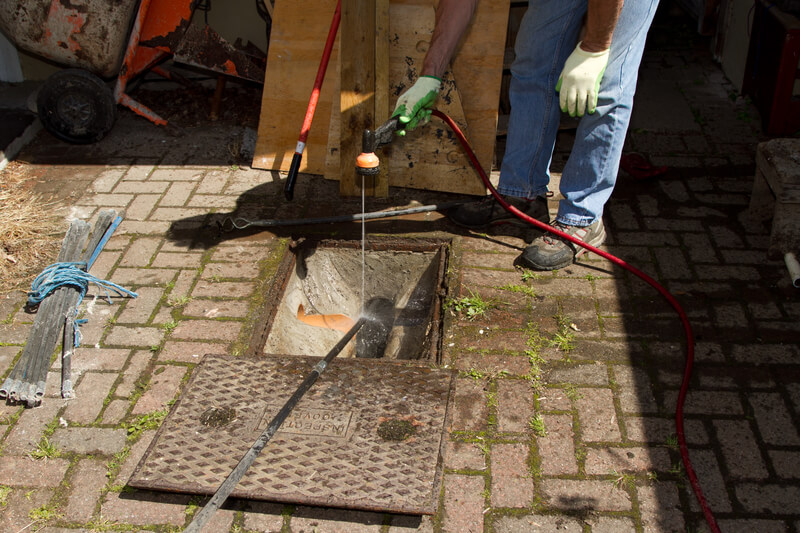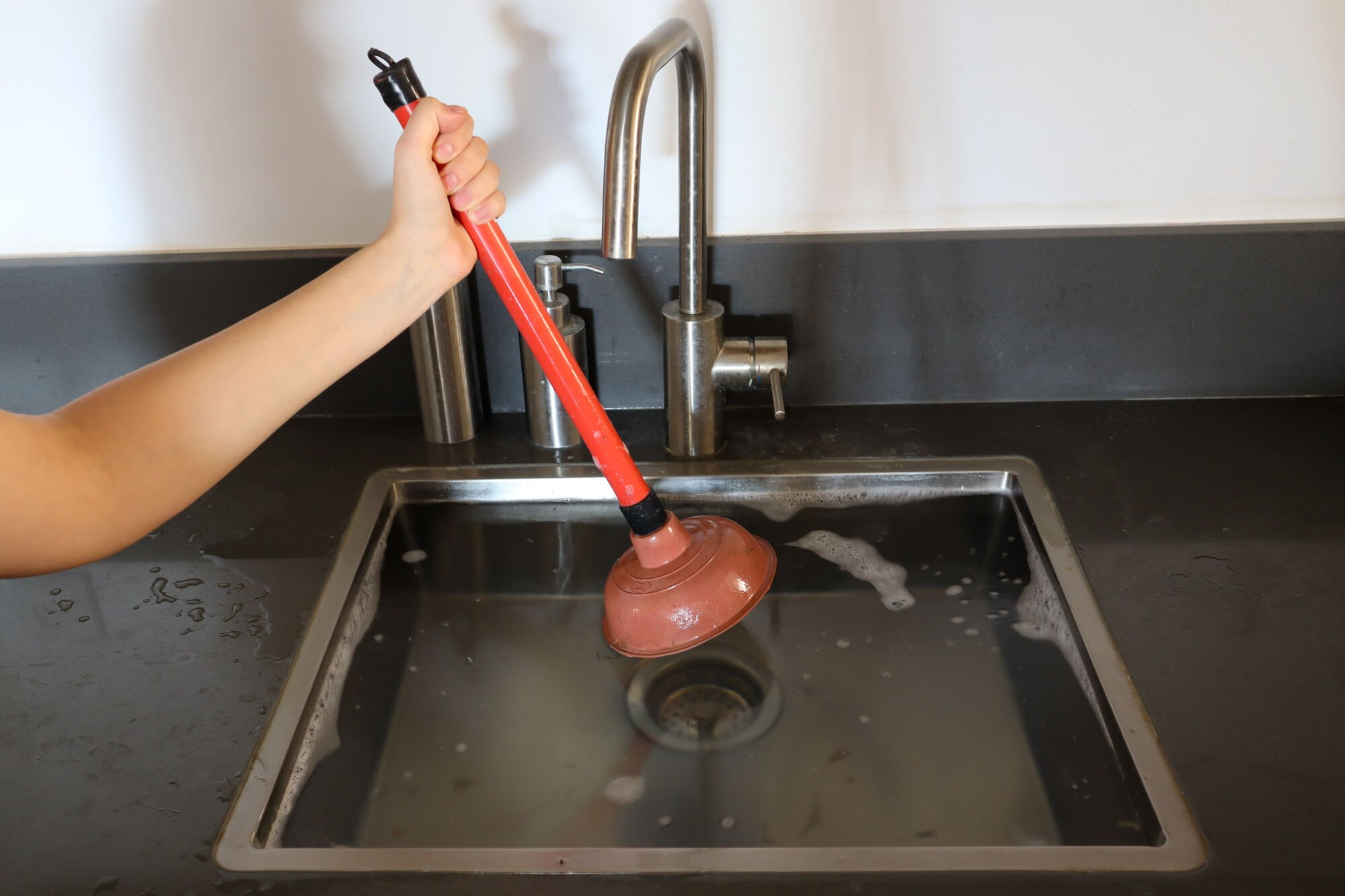We've discovered this great article on What I learned from trying to deal with a clogged drain below on the web and accepted it made good sense to talk about it with you on my blog.

Introduction
Dealing with an obstructed drainpipe can be a frustrating experience, interrupting daily tasks and potentially triggering damage to your home. Nonetheless, prior to connecting to pipes experts, there are steps you can require to deal with the issue on your own. In this guide, we'll discover DIY options and preventive measures to tackle an obstructed drainpipe successfully.
Determining the Issue
The primary step in attending to an obstructed drainpipe is recognizing the indications. Slow-moving drainage, gurgling noises, foul odors originating from drains, or water support up prevail indicators of a blocked drainpipe. Recognizing these indications early can aid prevent further difficulties.
Choosing the Right Plumbing Service
When selecting a pipes service, consider variables such as experience, licensing, and customer evaluations. Pick a credible plumber with a record of top quality workmanship and transparent pricing techniques.
Price Factors to consider
The price of expert drain cleaning services can vary depending on the extent of the obstruction and the plumbing's prices. Demand quotes from several carriers and ask about any additional charges to make certain openness and stay clear of surprises.
Security Precautions
When trying do it yourself drain cleaning, prioritize security. Wear protective handwear covers and eyeglasses to prevent contact with dangerous chemicals or microorganisms. Never blend various drainpipe cleansing items, as this can produce hazardous fumes.
Instance Studies
Real-life examples illustrate the performance of do it yourself solutions and the relevance of timely specialist intervention in solving drain obstructions.
Common Sources Of Obstructed Drains
Recognizing the aspects that add to drain obstructions is important for reliable resolution. Common wrongdoers include hair, soap residue, oil, food debris, and international items like sanitary items or paper towels. Tree origins attacking underground pipelines can additionally trigger substantial clogs.
DIY Solutions
For small obstructions, numerous DIY solutions can be effective. Pouring boiling thin down the drainpipe can assist dissolve oil and debris. Sodium bicarbonate and vinegar or a mix of salt and cooking soft drink can serve as all-natural cleansers. Utilizing a plunger or plumbing serpent to dislodge obstructions is one more alternative.
Tools and Devices
Having the right tools handy can make do it yourself drain cleansing much more effective. A plunger is a versatile device for getting rid of obstructions in sinks, commodes, and showers. A pipes snake or auger can reach much deeper blockages, while drainpipe cleansing chemicals can be made use of meticulously for persistent blockages.
Preventive Measures
To avoid future blockages, adopting safety nets is essential. Mount drainpipe guards or strainers to capture hair and debris prior to they get in the pipelines. Frequently flush drains with hot water to liquify oil accumulation, and avoid throwing away oil or strong waste down the drain.
When to Call a Professional
While DIY remedies can resolve small blockages, specific signs indicate the demand for specialist aid. Relentless blockages, foul odors in spite of cleaning up efforts, or several drains supporting simultaneously are red flags that necessitate experienced treatment.
Conclusion
By complying with the ideas described in this guide, you can efficiently tackle blocked drains pipes and prevent future pipes concerns. Whether selecting do it yourself services or looking for professional assistance, prompt action is vital to keeping a healthy and balanced plumbing system and preserving the stability of your home.
WHAT I LEARNED FROM TRYING TO DEAL WITH A CLOGGED DRAIN
We have had our share of seepages and other annoying things that are part of living, especially in an apartment complex. And if there’s one thing that’s terrifying for a homeowner—or even someone in a rented home—it is a clogged drain, indoors or outdoors.
We enjoy our living space, but it’s simply a fact of life that dead skin, soap and a host of other items go down the drain; eventually, the residue builds up and prevents anything from moving. Ugh.
Not Calling A Professional
Of course, it might seem simple to just whip the pipe off under the sink and see if you can unblock it. Unfortunately, what if the blockage isn’t there, or you don’t reconnect it properly? Worse, you might break a piece and have no drainage system. Can you imagine that scene? Yuck!
Not Watching Your Waste
This will sound d’uh, but the best tip I can give you for drain cleaning is to avoid clogging the drain in the first place! You can do this by monitoring what goes down the drain and catching the items which are most likely to give you a problem. Invariably hair, vegetable peels, and large wads of toilet paper are the most obvious culprits. Add a filter—these are available in hardware stores and can be removed and cleaned easily.
Poking The Drain
The first urge with a clogged drain is to poke at it with a stick or anything that resembles a stick. Sadly, this does not result in magically solving the issue. The mental image is, naturally, one of the stick just pushing through the offending item and all is well again. Reality is quite different and unpleasant and likely to lead to further problems.
The thing is, every drain has a series of bends that are not visible to us. Drains are built this way to prevent gases from entering the house. What happens when you poke a stick into the drain? Of course, it can’t bend around the corner. The more adventurous people will use force and end up wedging the stick or causing it to break off in the pipe—creating an even bigger issue. Worst thing? The stick will shift the block further down the pipe, creating the space for more to collect. Go ahead! Roll your eyes!
Using The Wrong Plunger
You know what they say: the right tool for the right job! Did you know there are different types of plungers besides the basic one we keep at home for an emergency? Yes, there are. For example, the toilet plunger has a bell-shaped bottom while the sink plunger is flat. This is an important difference and using the wrong plunger will be useless. There’s also a knack in using plungers—they must be placed in such a way that they create an airtight seal and then, moved slowly up and down—not as fast as we imagine.
https://vidyasury.com/2018/01/learned-trying-deal-clogged-drain.html

We had been made aware of that editorial about What I learned from trying to deal with a clogged drain from someone on our other domain. Please take a moment to share this post if you enjoyed it. Thanks so much for going through it.
Quote & Schedule